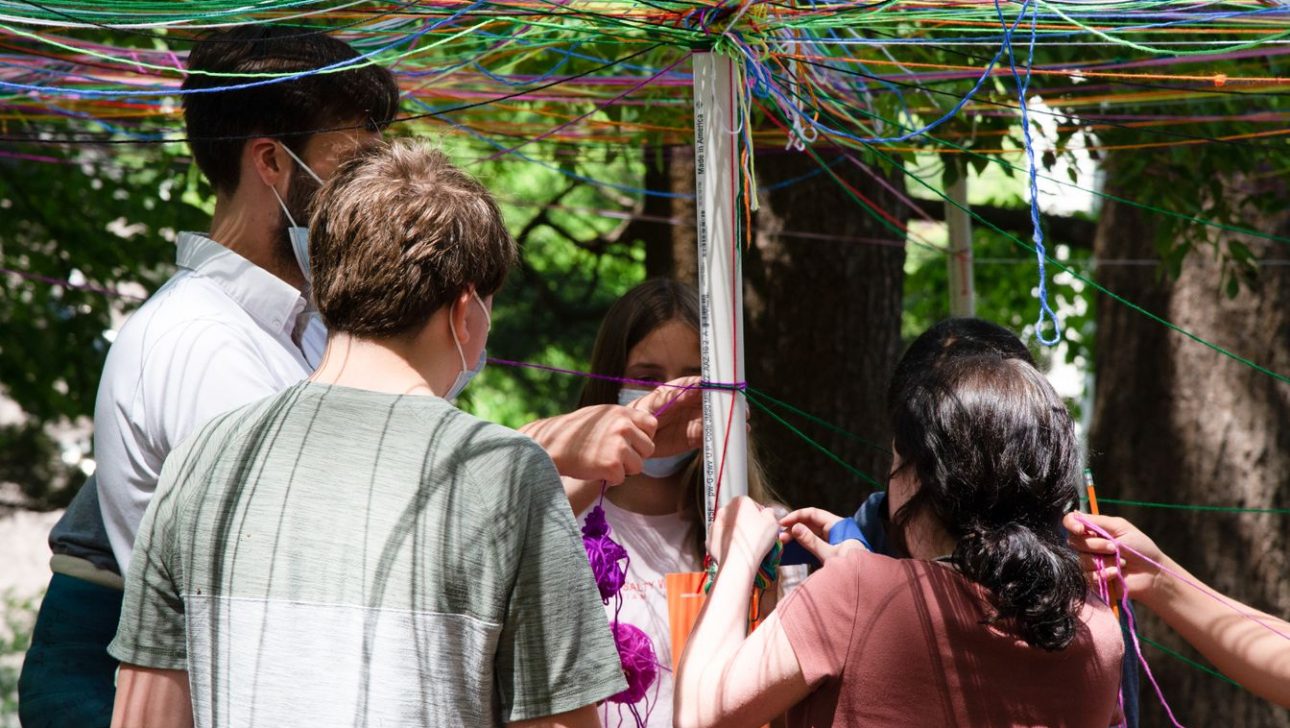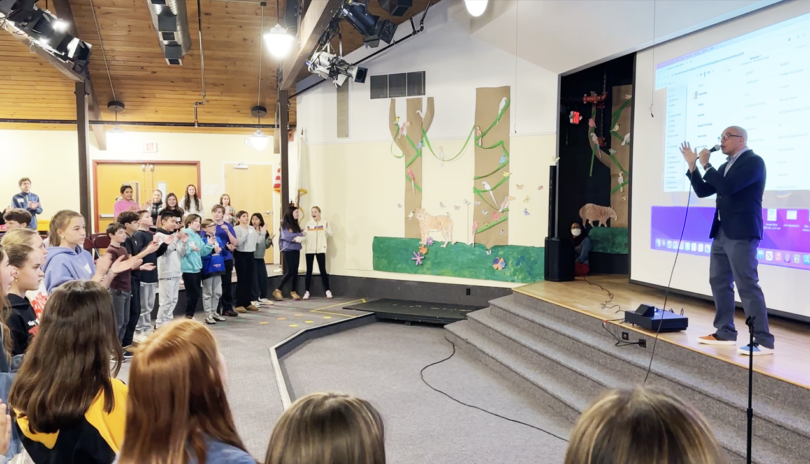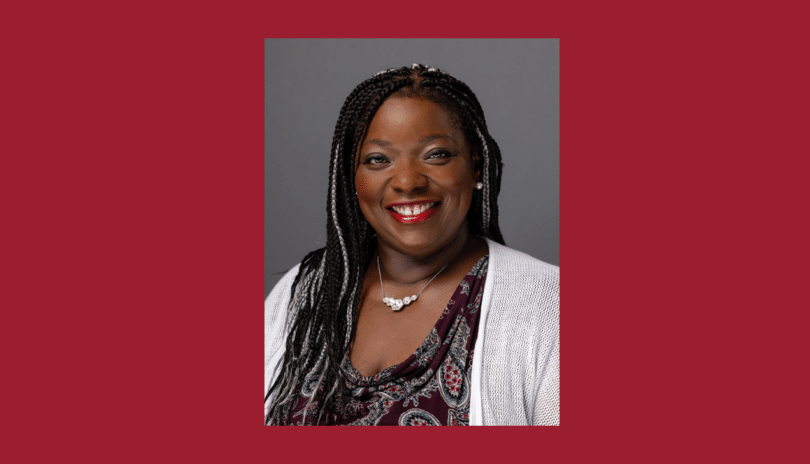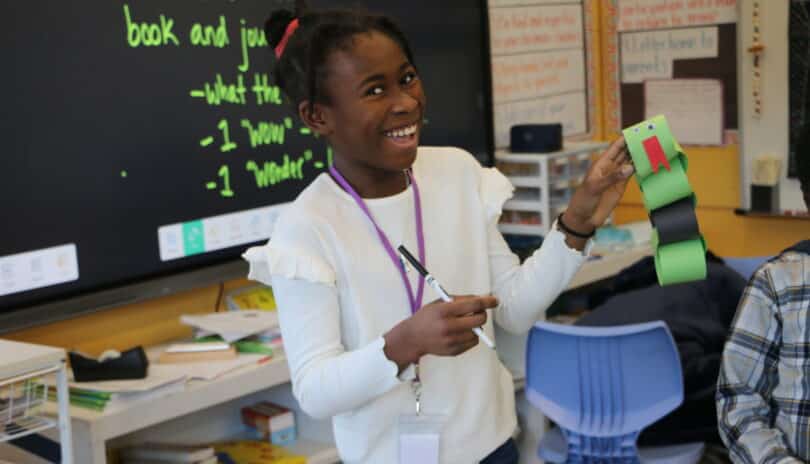It’s no secret that middle school is a time when adolescents grapple with issues surrounding identity. Who am I? Who are you? Who are they? How do we relate? Where do I fit in? Where do we fit in? Where do they fit in? What is fair? What isn’t fair? Looking for answers to these questions begins to shape who children are and who they may become. For a long time, the conversation around these questions didn’t happen so freely. But as we all know, that is changing and the world is changing.
Recently, DCD’s middle school student body and staff came together to discuss, share, question, and learn for a day focused broadly on the theme of identity. Born out of the work being done by students and faculty members in the middle school’s affinity and social justice groups, DCD’s “Inside and Out” middle school conference made its debut with resounding success. The title of the conference was chosen to reflect the very questions middle schoolers face. Is identity tied to who I am on the outside or inside, both, and how or why does it even matter?
The conceptualization, planning, and execution of this event were student-driven, a major factor in the event’s positive outcome. While the adults in DCD’s community were responsible for leading the individual sessions, they worked closely with student leaders to shape the conference’s content. “The students were the driving force behind this day. As advisors, our role was purely to work in service of their vision,” explained Autumn Andrade-de León, middle school Spanish teacher and grade 6 faculty advisor. In fact, there were several different working groups responsible for planning and executing the conference in a short six-week period. About 40 students total from 6-8th grades handled marketing, scheduling, curriculum planning, chose speakers and session leaders and were instrumental in facilitating a middle school community art project.
With identity as the major thread of the conference, students were able to dive into a variety of sub-topics. The day began with Curriculum Booster sessions where students and teachers considered race and culture, gender identity, and feminism as they looked back at pieces of literature they read earlier in the year. Next, came the “Inside DCD” sessions which focused on three main topics: (1)slurs, stereotypes, and the use of derogatory language and the damaging impact on individuals and communities, (2) creating a better understanding of LGBTQIA+ issues, and (3) neurodiversity and mental health. In the “Outside DCD” sessions students discussed gender in sports, police brutality, and systems of oppression that exist in our world. After their three sessions, students gathered in their advisory groups for an opportunity to reflect on the day and share what was on their minds. This part of the day was particularly important for identifying areas for ongoing work. One 6th grader voiced that “there should be a structure in place at DCD that allows us to see the unfairness (racism, sexism, etc.) and then lift people up instead of bringing people down.”
DCD’s Pine Grove became a home for an outdoor art installation that allowed students to anonymously express elements of their own identities as they wove colored threads around poles to create a complex and beautiful web representing the diversity and inclusiveness of our middle school community.
The feedback at the end of the day was so positive that this type of conference is poised to become an annual event. “I thought it was really cool and I thought having teachers from across the school made it even better,” commented one 8th grader. With fewer COVID restrictions next year, there will be more opportunity for connections between grades as well as welcoming outside speakers to campus. From the outset, the goals of running the DCD “Inside and Out” conference were to promote connection, raise the energy level around deep discussions in diversity and inclusion, and amplify student voices. According to Ms. Andrade-de León, “what was striking as I read through the conference feedback was just how invigorating students found it to be listened to instead of spoken to. As a teacher, and someone who believes in amplifying student’s voices, hearing this feedback was so gratifying!”
Thank you to the forty student leaders and their faculty advisors, Autumn Andrade-de León, Becca Levi, Dee Tran, and Carolyn Tousley for their energy and dedication to making this conference reality.







